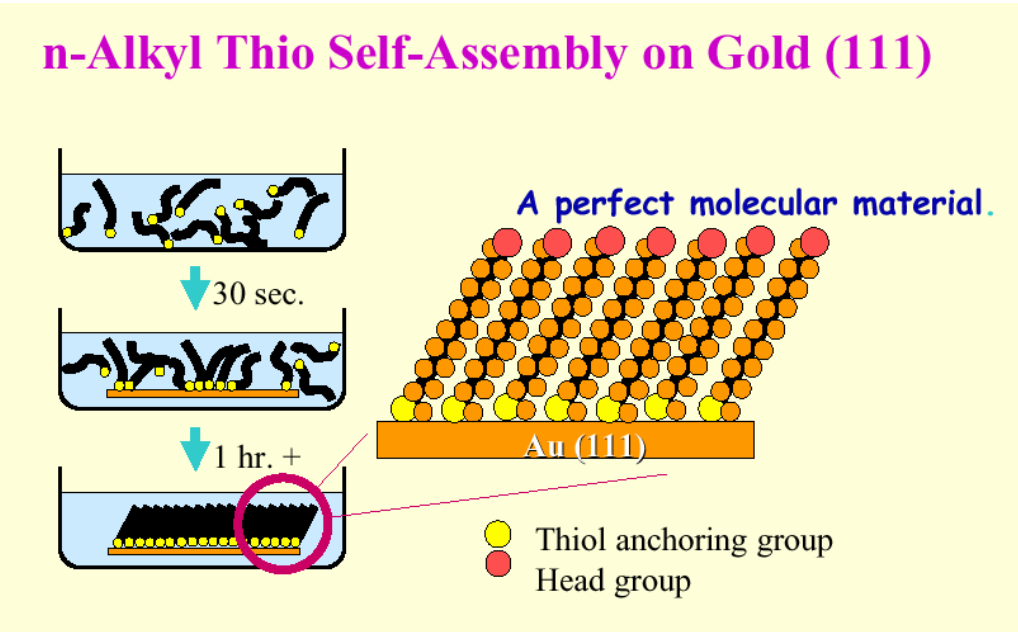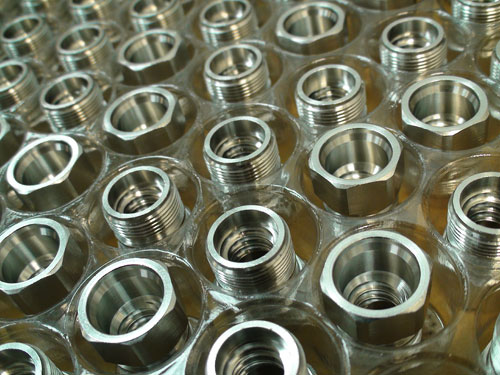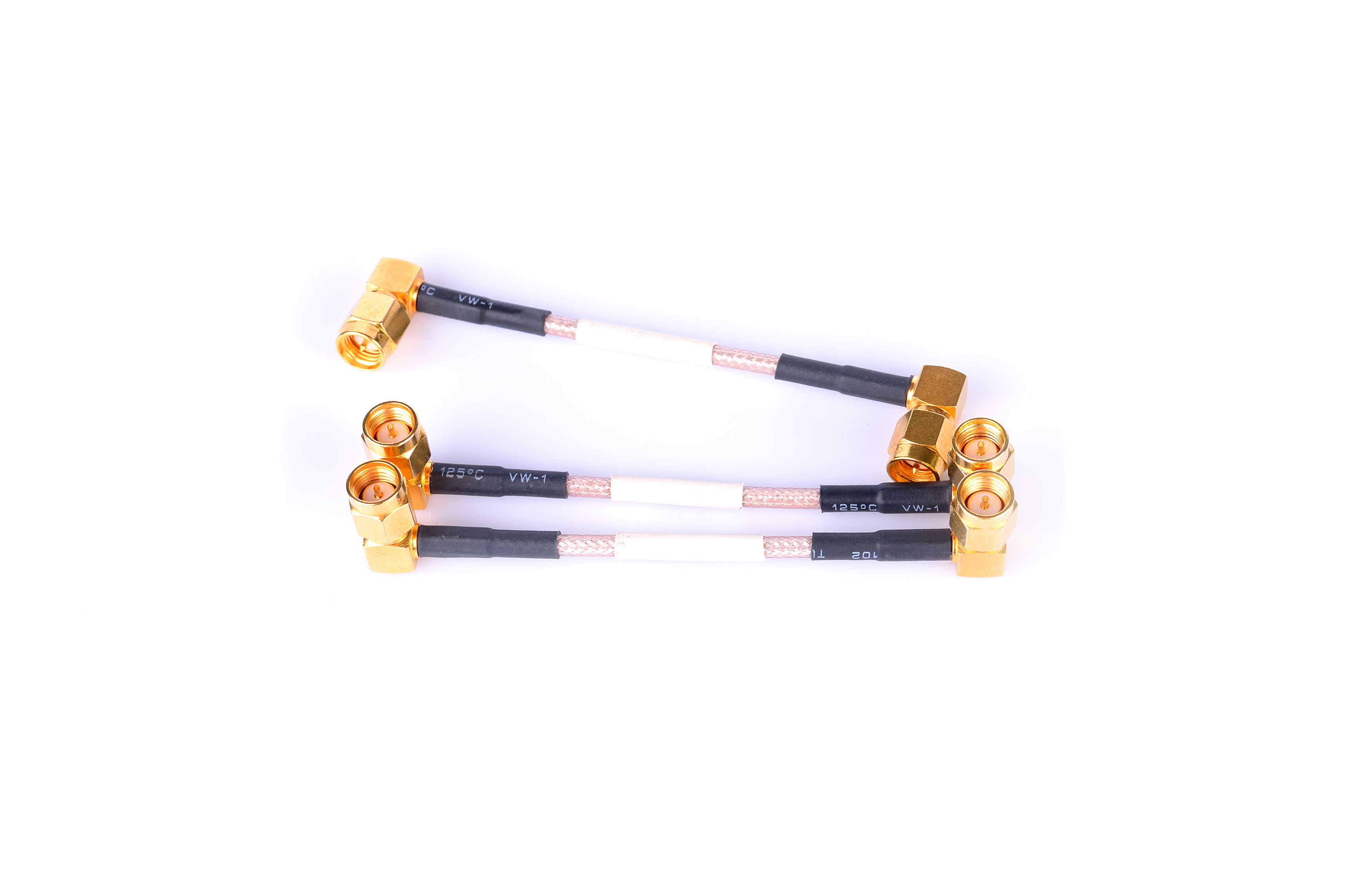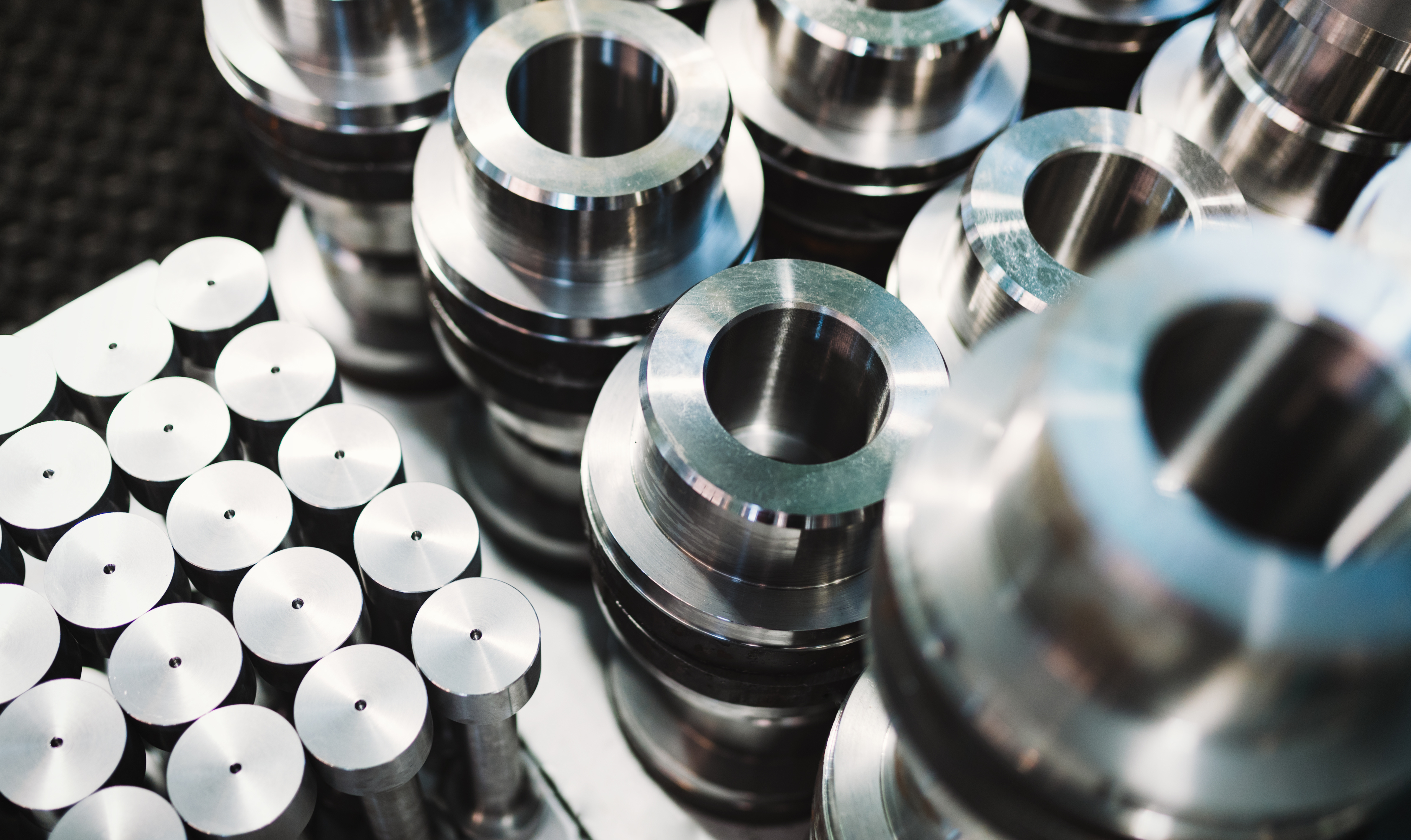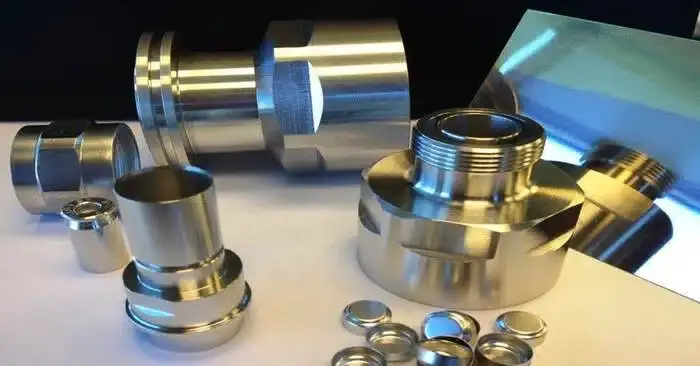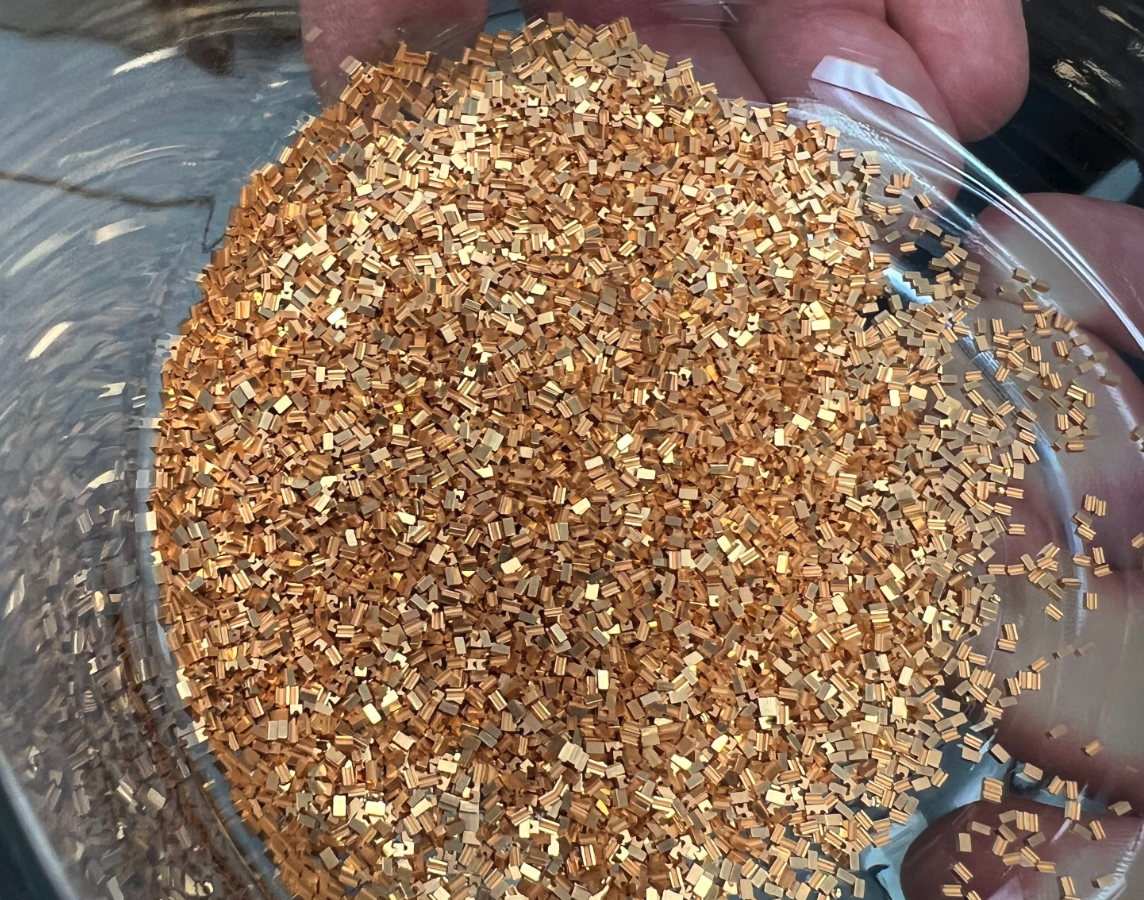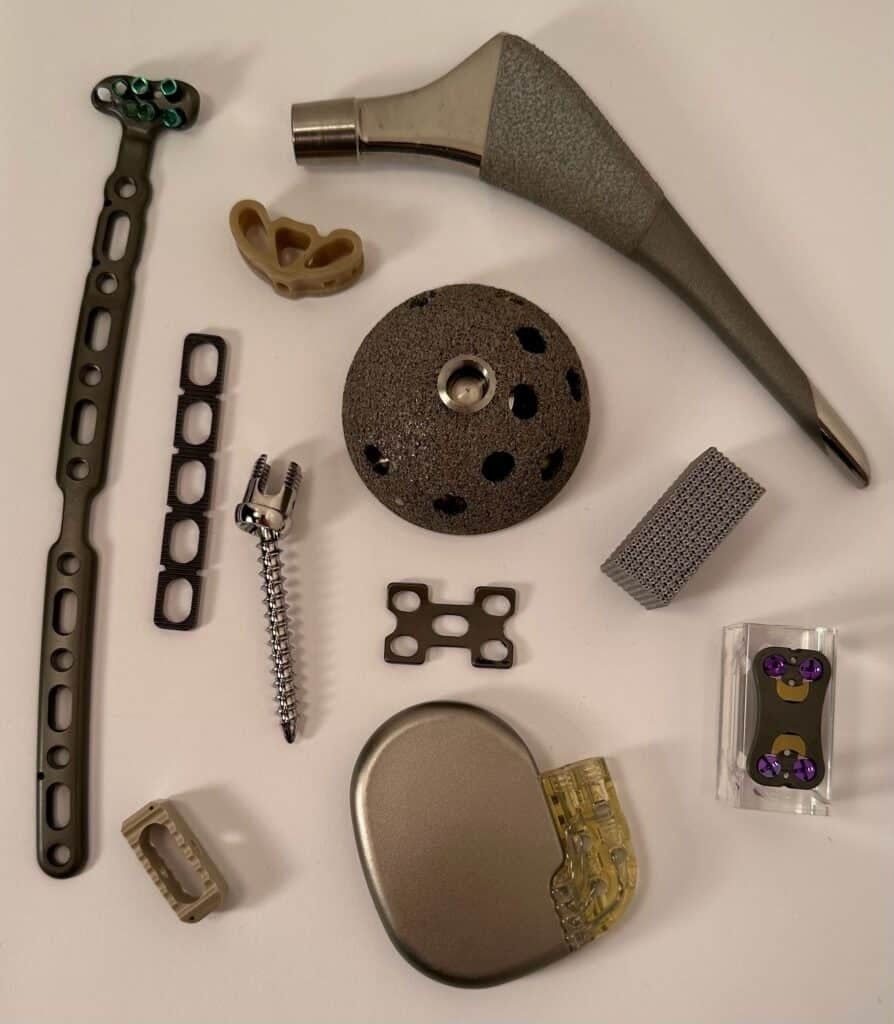Why Tri-M3TM Tri-Alloy Plating Is Enabling Next-Generation Technology Performance (7 Use Cases)
Engineers developing next-generation RF connectors, telecommunications infrastructure, and high-frequency components face a persistent tradeoff: silver delivers superior electrical conductivity but tarnishes rapidly and drives up costs, while nickel offers durability and corrosion resistance but introduces magnetic interference that degrades signal quality. This compromise has constrained design decisions for decades, forcing manufacturers to choose between suboptimal performance and elevated material costs.




